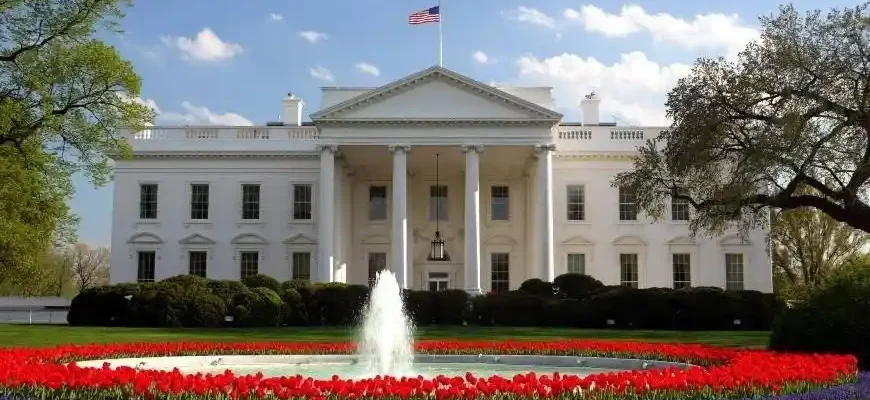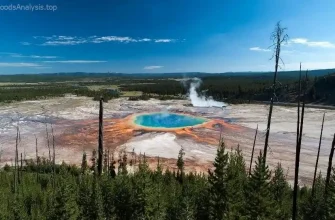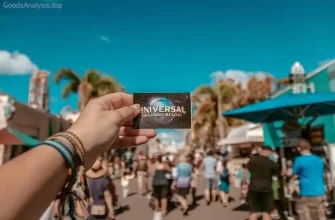The National Zoo in Washington, D.C., part of the Smithsonian Institution, offers an exciting and educational experience for visitors of all ages. Situated in the heart of the U.S. capital, the zoo is home to over 2,700 animals representing nearly 400 species, many of which are endangered. Whether you’re a wildlife enthusiast, a family on vacation, or someone looking to explore the heart of D.C., the National Zoo promises a memorable experience. Here’s everything you need to know about planning your visit.
1. What Makes the National Zoo Special?
The Smithsonian National Zoo stands out for several reasons.
Iconic Residents:
- Giant Pandas: The National Zoo is one of the few places in the United States where you can see giant pandas up close. The zoo has a successful panda breeding program and is home to Mei Xiang, Tian Tian, and their cubs (if visiting during breeding seasons).
- Gorillas: The Great Ape House and the newly renovated “Gorilla Habitat” offer visitors a chance to observe one of the most intelligent species on the planet in an environment that mimics their natural habitat.
- Elephants: The zoo houses Asian elephants, and the Elephant Trails exhibit provides insights into the conservation efforts for these majestic creatures.
- Clouded Leopards, Sumatran Tigers, and other rare species: The zoo also showcases species that are part of critical conservation programs, making it a key player in global wildlife preservation efforts.
Conservation and Research:
As part of the Smithsonian’s mission, the zoo is committed to the preservation of endangered species. It conducts important research in animal behavior, reproduction, and genetics. Many exhibits, such as the Amazonia and the Reptile Discovery Center, focus on the education and conservation of species that are increasingly under threat.
2. Visitor Tips & Practical Information
- Opening Hours:
The National Zoo is open every day of the year, except for Christmas Day (December 25). The usual hours are from 8:00 AM to 5:00 PM, though this can vary depending on the time of year. Always check the zoo’s website for updates or special events. - Admission:
Admission to the zoo is free, which is one of its major attractions. While you don’t need to purchase tickets to enter, some special events or experiences (like behind-the-scenes tours) might have a fee. Donations are encouraged to support the zoo’s conservation efforts. - Best Time to Visit:
The National Zoo is busiest during the spring and summer months, especially on weekends and holidays. If you want to avoid crowds, visiting during weekday mornings in the off-season (fall and winter) can provide a quieter, more relaxed experience. - Accessibility:
The zoo is fully accessible for visitors with disabilities. There are paved paths, accessible restrooms, and wheelchairs available for loan. It’s a large zoo, so be prepared for a lot of walking, but you can also rent strollers and mobility scooters.
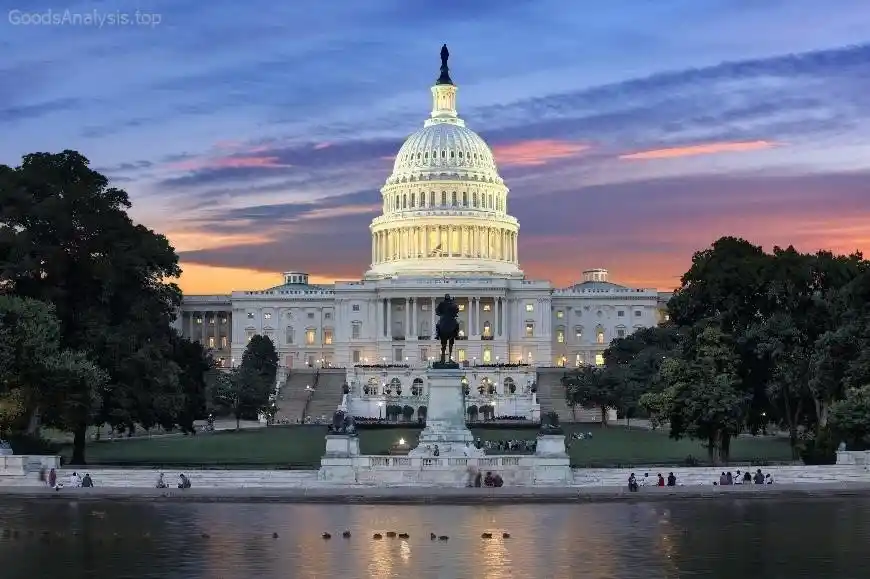
3. History and Cultural Significance
The Smithsonian National Zoological Park was founded in 1889, making it one of the oldest zoos in the United States. It was established by the renowned scientist and philanthropist William C. Harris, who sought to create a public institution that would serve both educational and conservation goals.
From its inception, the zoo was not just about entertainment but about studying animal behavior, promoting wildlife conservation, and educating the public about the natural world. Over the years, the zoo has been at the forefront of efforts to protect endangered species, most notably through its breeding programs for giant pandas, cheetahs, and other rare animals.
Today, the zoo is a global leader in animal care and environmental education. It plays a crucial role in conservation efforts, with many of its exhibits showcasing species that are threatened by habitat destruction, climate change, and illegal poaching.
4. What to Expect When You Visit the National Zoo
A visit to the National Zoo is not just about seeing animals—it’s an immersive experience. The zoo spans 163 acres, and each exhibit is carefully designed to replicate the animal’s natural environment.
- Walking Through the Zoo: The zoo’s layout is designed to be walkable, though there are some uphill areas and long distances between exhibits. Plan to spend a few hours here, as there are numerous exhibits to explore. The lush landscape, with its trees, ponds, and open spaces, offers a relaxing atmosphere to enjoy the wildlife.
- Notable Experiences:
- Giant Panda Exhibit: Watching a panda munch on bamboo is a quintessential experience. During your visit, keep an eye on the Panda Cam if you want to catch the pandas in action.
- Cheetah Run: At the Cheetah Conservation Station, watch one of the fastest animals in the world sprint across the open field.
- Elephant Trails: You can observe the zoo’s Asian elephants as they roam in their expansive, naturalistic habitat. Keep an eye out for special talks by the elephant keepers, which delve into conservation efforts for elephants.
- Amazonia: This indoor rainforest is home to a variety of species, from caimans to sloths to colorful parrots. It’s especially enjoyable during colder months when you want to experience a tropical escape.
- Wildlife Talks & Interactive Experiences: Throughout the day, you can attend various keeper talks and feeding demonstrations. These sessions offer deeper insight into animal care, training, and conservation.
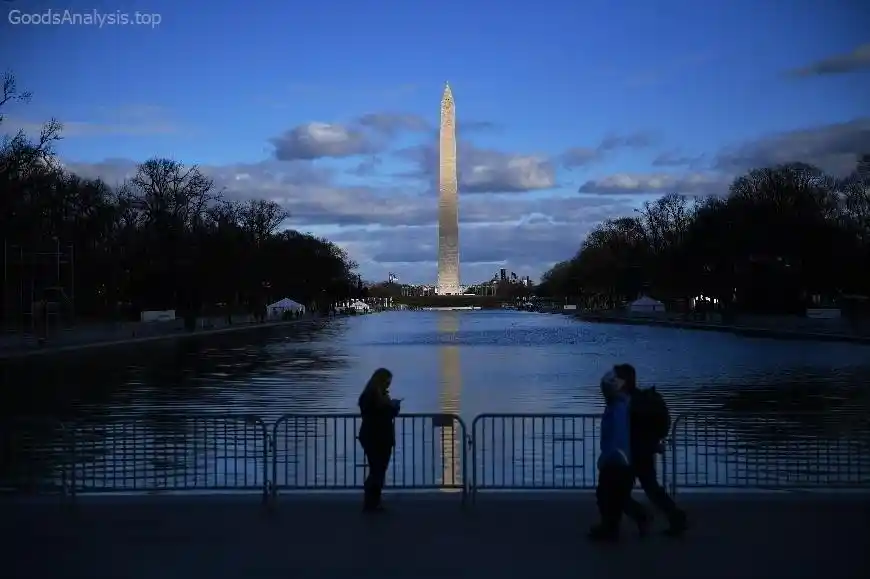
5. Nearby Attractions and Dining Options
Nearby Attractions:
- National Mall and Memorial Parks: Located just a short drive or walk from the zoo, you can visit iconic U.S. landmarks such as the Lincoln Memorial, Washington Monument, and the U.S. Capitol.
- Smithsonian Museums: The National Zoo is part of the Smithsonian Institution, so you’ll find a wealth of museums nearby. The National Museum of Natural History is a short distance away, offering an expansive collection of exhibits from dinosaurs to gems and minerals.
- Rock Creek Park: Right next door, Rock Creek Park offers hiking trails, picnic spots, and scenic views—perfect for a relaxing break after your zoo visit.
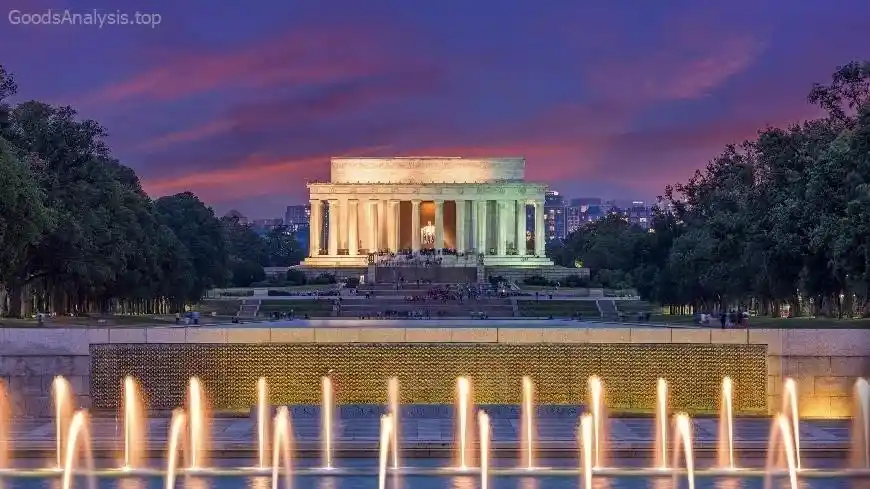
Dining Options:
- The zoo has several dining options, including a cafe and food trucks near the main entrance. Popular choices include burgers, sandwiches, and healthy snacks. For a broader selection, there are plenty of restaurants in the nearby neighborhoods of Adams Morgan, Dupont Circle, and Woodley Park.
6. Family-Friendly and Group Travel Tips
The National Zoo is an excellent destination for families. With so much to see and do, children will be enthralled by the wide variety of animals, the hands-on learning experiences, and the interactive exhibits. Here are a few family tips:
- Children’s Zoo: Head to the Kids’ Farm where young visitors can get up close to farm animals like goats, sheep, and pigs. Children can also try their hands at feeding the animals during scheduled times.
- Education Programs: The zoo offers various programs, such as summer camps, family days, and animal encounters, perfect for engaging children in learning about wildlife conservation.
- Strollers & Play Areas: The zoo is stroller-friendly, with several play areas for children. Take a break at one of these spots to let your little ones explore and burn off some energy.
7. Instagrammable Moments and Photo Opportunities
- Giant Pandas: Snap a photo of the panda munching on bamboo—it’s an iconic shot!
- Elephant Trails: Capture the majestic elephants in their natural environment for a truly unforgettable picture.
- The Amazonia Exhibit: The vibrant colors and lush greenery in this exhibit provide the perfect backdrop for a jungle-themed Instagram post.
- The Cheetah Run: If you’re lucky enough to catch one in full sprint, you’ll get an action shot that’s perfect for sharing on social media.
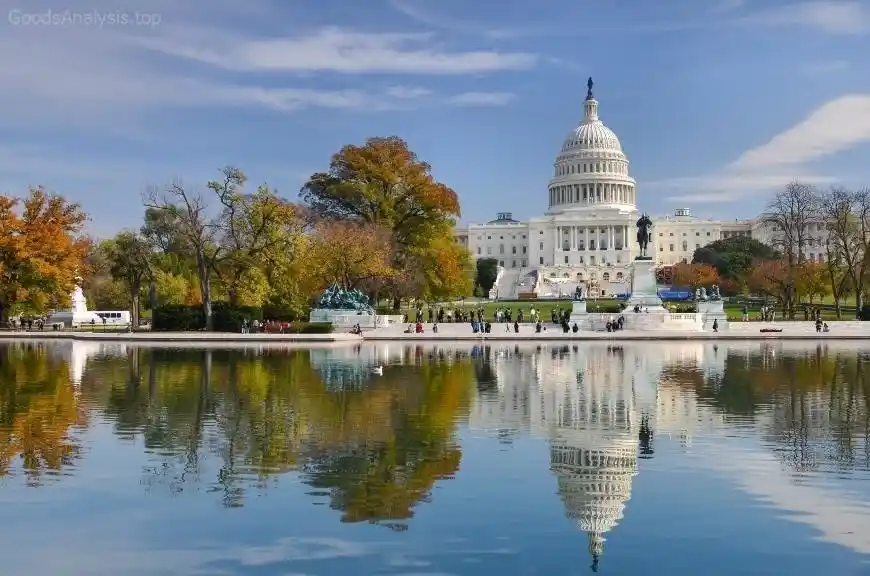
8. Travel Tips and Transportation
- How to Get There:
The National Zoo is located at 3001 Connecticut Ave NW in Washington, D.C. It’s accessible by public transportation, including the Red Line Metro (Woodley Park-Zoo/Adams Morgan station is the closest), and buses that stop at various points near the zoo. - Parking: If you choose to drive, there is limited parking available at the zoo. It’s often best to use public transport to avoid parking hassles.
- Bike & Scooter Rentals: Many visitors prefer to use bikes or electric scooters to get around the city. The zoo is bike-friendly, and several bike-sharing stations are nearby.
9. Safety and Etiquette Tips
- Respect the Animals: The animals are wild creatures, and it’s important to respect their space. Always follow the zoo’s rules and avoid tapping on glass or disturbing animals.
- Stay Hydrated: Washington, D.C., can get hot in the summer, so be sure to drink plenty of water and wear sunscreen during your visit.
- Hand Sanitizer: Make use of the hand sanitizing stations throughout the zoo, especially after touching exhibits or using public facilities.
10. Funny Facts, Cases, and Incidents
- Panda Births: The National Zoo is well-known for its panda breeding program, and there have been some amusing moments, such as when the zoo’s panda cubs made their public debut. During one appearance, a panda cub was so shy that it clung to its mother, causing visitors to laugh at its timid demeanor.

